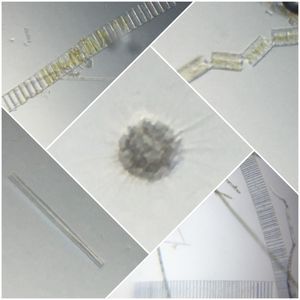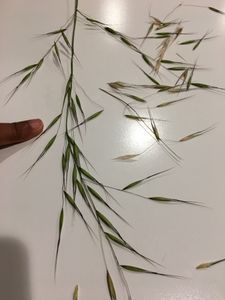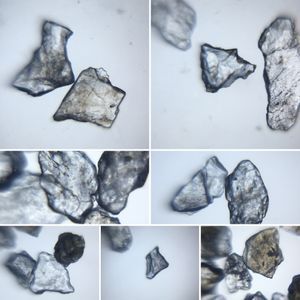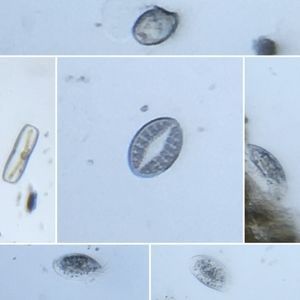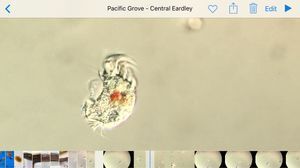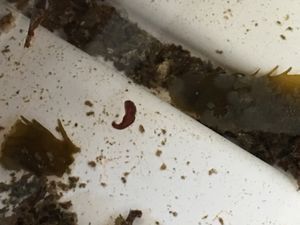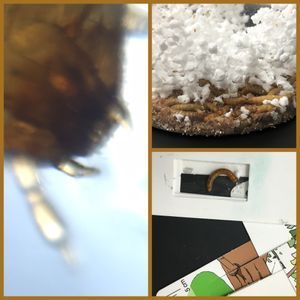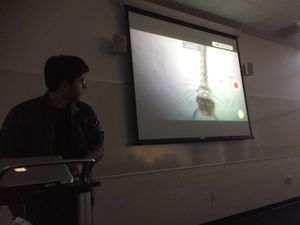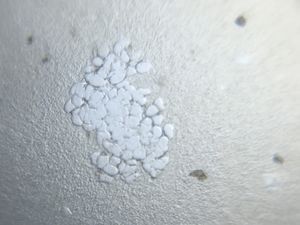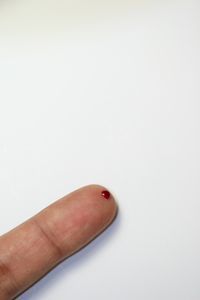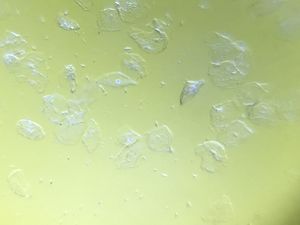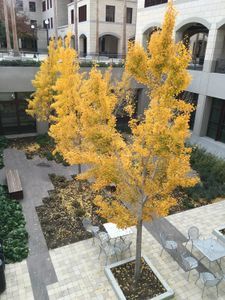Paramecium and other ciliates
 Feb 08, 2016 • 7:44 AM UTC
Feb 08, 2016 • 7:44 AM UTC Unknown Location
Unknown Location 140x Magnification
140x Magnification Microorganisms
Microorganisms
Saad Bhamla
Learn about the author...
32posts
11comments
2locations
I started my first ciliate culture today. Here’s a first peek at the culture- you should notice tiny bacteria swimming around and some hay.
I quickly spotted my first ciliate – this is a paramecium – as can be identified by its characteristic ‘slipper’ shape. You can clearly see the hundreds of cilia lining its edges and beating to an invisible tune. See if you can find the following : 1. Oral groove. 2. Food vacuoles at the base of the oral groove (gullet) — it appears to ‘pop’ or deflate at 13s, 20s and 28 s. You should also notice the tiny moving things inside the paramecium as well as outside – at one point one of them gets trapped in the cilia (on the lower side of the paramecium).
I was initially sad that the paramecium just remained stuck in one spot – but lo and behold, it started to move and make strange twisting motions. I am amazed at the shape of its body – and kept staring at this video for over and over again.
And then as a fish takes to water, it decide to do long ‘laps’. It was just swims around like a microscopic fish – what a pleasant sight! I had so much fun watching it glide along, then change direction. I’m thinking about the whiplash movement created by the cilia as they change directions – going from the power stroke to the recovery stroke.
I was looking around for didinium’s and scanned the rest of the slide – and happened upon this happy camper. My initial reaction was that this might be a didinium cyst – but on second thought I think it is a volvox (flagellate, not a ciliate) since I can also identify the small asexual daughter colonies inside. If you have a better idea, please let me know.
And finally – the ciliate I had been hunting for – didinium. It gave me a glance and disappeared from view. It is incredible how fast it swims and zig-zags around.
I have a culture going and will proceed with a hay inoculation as described by Laks in a previous post – looking forward to cultivating my own ciliate pets – and hopefully making a longer movie with the didinium’s.
Sign in to commentNobody has commented yet... Share your thoughts with the author and start the discussion!

 0 Applause
0 Applause 0 Comments
0 Comments
